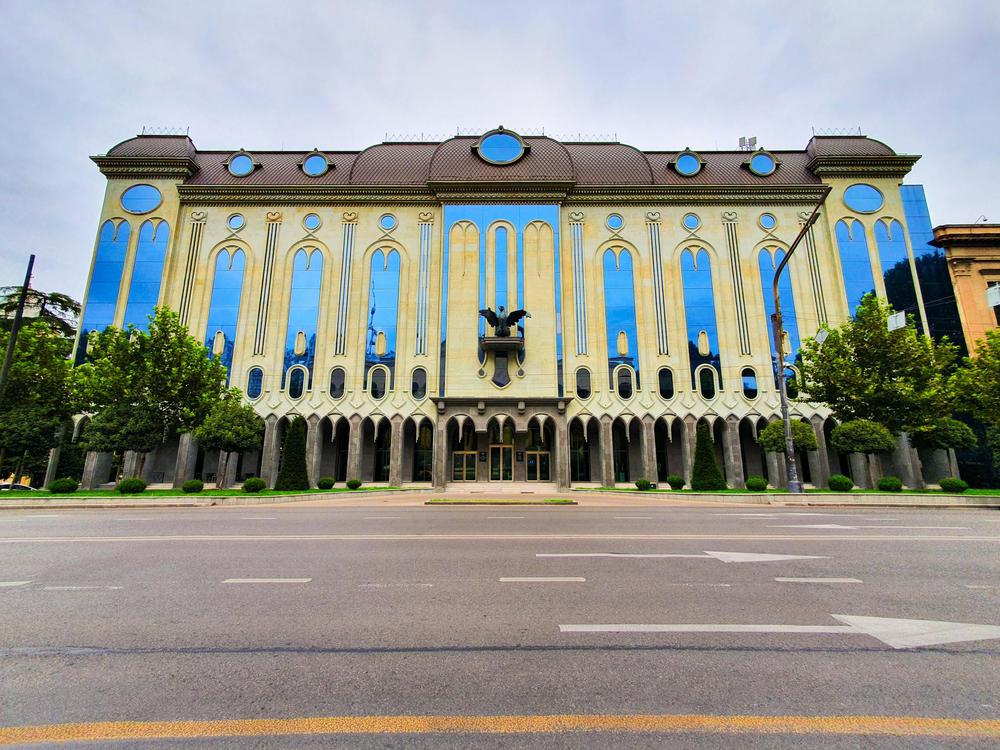Perched on Tabukashvili Street, Tbilisi, lies the verdant splendor of the 9th of April Garden. This historical garden occupies the upper portion of the erstwhile Alexander Garden, a landmark split into two by Tabukashvili Street. The lower half, named Giorgi Leonidze Garden, complements its counterpart to paint a lush, serene picture in the heart of Tbilisi.
Alexander Garden, the first public recreation garden in Tbilisi, took shape in the 19th century, guided by the vision of Swedish architect Otto Simonson. The garden, named to honor Russian Emperor Alexander II, was a hub of activity, housing trade pavilions that served Mitrofane Lagidze's celebrated sweet sodas. A cannon situated on the garden's upper terrace punctuated the day with a noon fire, marking time in this bustling public space. From 1885 to 1888, architect Albert Salzmann introduced an intriguing attraction, erecting the Russian Military History Museum, now known as the National Gallery, within the garden.
With the advent of the tram line in the previous century, Alexander Garden was divided, paving the way for the creation of the 9th of April Garden. Its name, derived from the events of 1989, stands as a testament to a poignant chapter in Georgia's history. It was on this date that the Soviet army, attempting to quell the outcry for Georgian independence on Rustaveli Avenue, led to a brutal encounter resulting in numerous casualties.
Today, the 9th of April Garden stands as a resounding symbol of resilience and peace. Amidst its tranquil greenery, a monument dedicated to Lado Gudiashvili, a famed Georgian artist, invites contemplation. The garden's surroundings teem with attractions, from bustling cafes and hotels, to the theatre on Atoneli and the nearby National Gallery. The culturally significant Kashueti Church, a sanctuary during the turmoil of 1989, also lies in close proximity.
Despite its historical gravitas, the 9th of April Garden has embraced its role as a recreational haven. Providing a peaceful escape from the city's bustle, it continues to draw locals and tourists alike, preserving Tbilisi's history while inviting everyone to relish its serene beauty.













